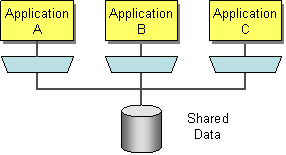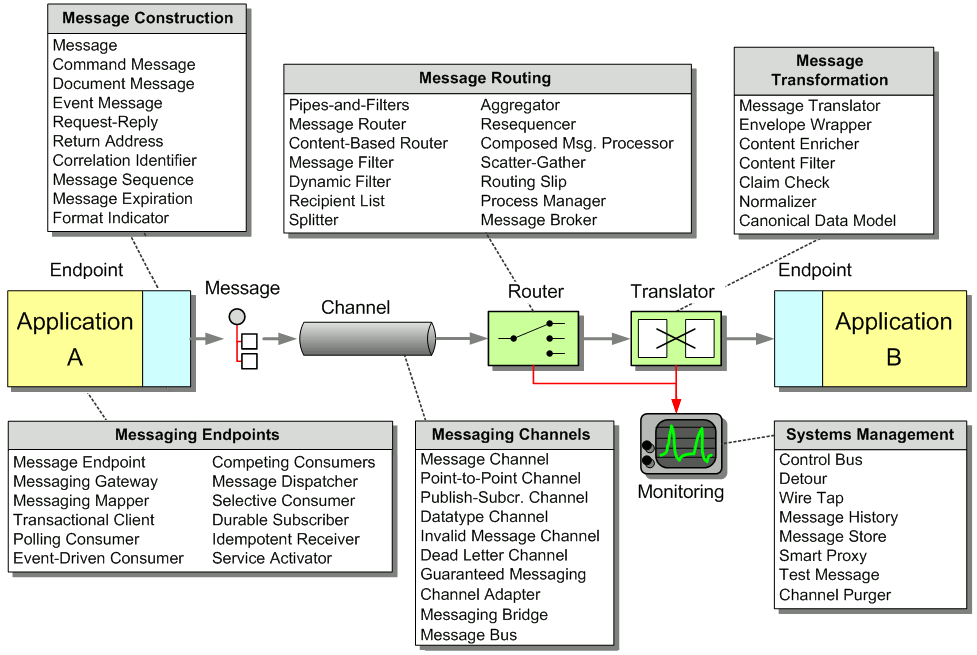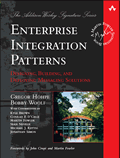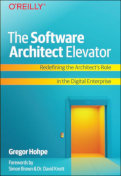An enterprise has multiple applications that are being built independently, with different languages and platforms. The enterprise needs information to be shared rapidly and consistently.
How can I integrate multiple applications so that they work together and can exchange information?

Integrate applications by having them store their data in a single Shared Database.
If a family of integrated applications all rely on the same database, then you can be pretty sure that they are always consistent all of the time. If you do get simultaneous updates to a single piece of data from different sources, then you have transaction management systems that handle that about as gracefully as it ever can be managed. Since the time between updates is so small, any errors are much easier to find and fix.
One of the biggest difficulties with Shared Database is coming up with a suitable design for the shared database. Coming up with a unified schema that can meet the needs of multiple applications is a very difficult exercise, often resulting in a schema that application programmers find difficult to work with.
If the technical difficulties of designing a unified schema aren't enough, there are also severe political difficulties. If a critical application is likely to suffer delays in order to work with a unified schema, then often there is irresistable pressure to separate. Human conflicts between departments often exacerbate this problem.
... Read the entire pattern in the book Enterprise Integration Patterns
Related patterns:
Remote Procedure Invocation, File Transfer, Messaging






